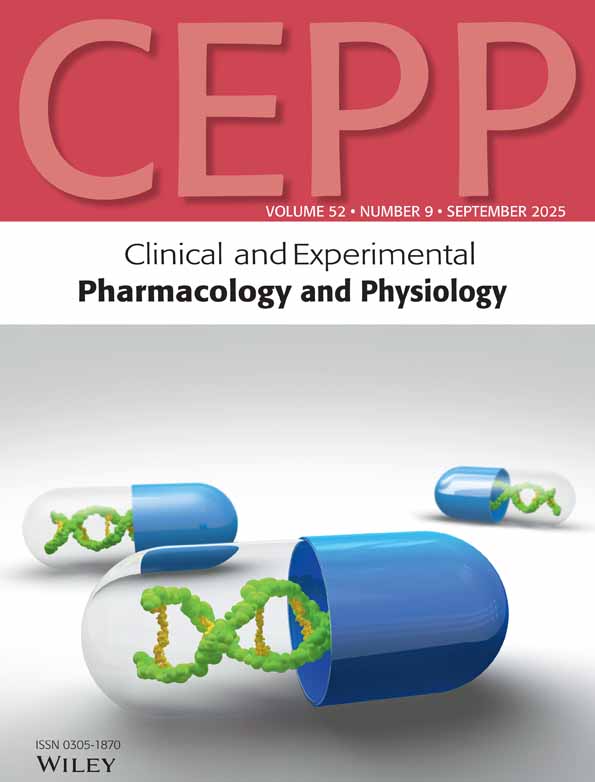ANGIOTENSIN-CONVERTING ENZYME INHIBITORS AND ATHEROSCLEROSIS: RELEVANCE OF ANIMAL MODELS TO HUMAN DISEASE
SUMMARY
- 1
Most studies examining the effect of angiotensin-converting enzyme (ACE) inhibitors on atherosclerosis in experimental animals have used doses well in excess of those given clinically.
- 2
Using a rabbit model of cholesterol-induced atherosclerosis characterized by subendothelial lipid accumulations (‘juvenile fatty streaks’) in the aorta and atheromatous lesions in the pre-injured carotid artery, we examined the effect of perindopril (at doses approaching clinical relevance) on the development, progression and regression of atherosclerosis.
- 3
Administration of perindopril during the 6 weeks of cholesterol feeding reduced lipid accumulation in developing atheromatous plaques of the carotid artery and in fatty streaks of the aorta. In animals with pre-existing fat-filled lesions, perindopril inhibited progression of the disease in both vessels and aided lesion regression following return to a normal diet for up to 10 months. The protective effect of perindopril was not related to a decrease in blood pressure nor to an influence on serum cholesterol levels.
- 4
The bradykinin BZ receptor antagonist Hoe140 did not alter the effectiveness of perindopril in inhibiting either the development of atherosclerosis or vessel wall ACE activity, indicating that the anti-atherogenic effect of perindopril is not mediated through the B2 receptor.
- 5
The angiotensin II (AngII) receptor antagonist losartan had no effect on the development of atherosclerotic plaques in this rabbit model, indicating that inhibition of AngII production is not the mechanism by which perindopril exerts its anti-atherogenic effects.




